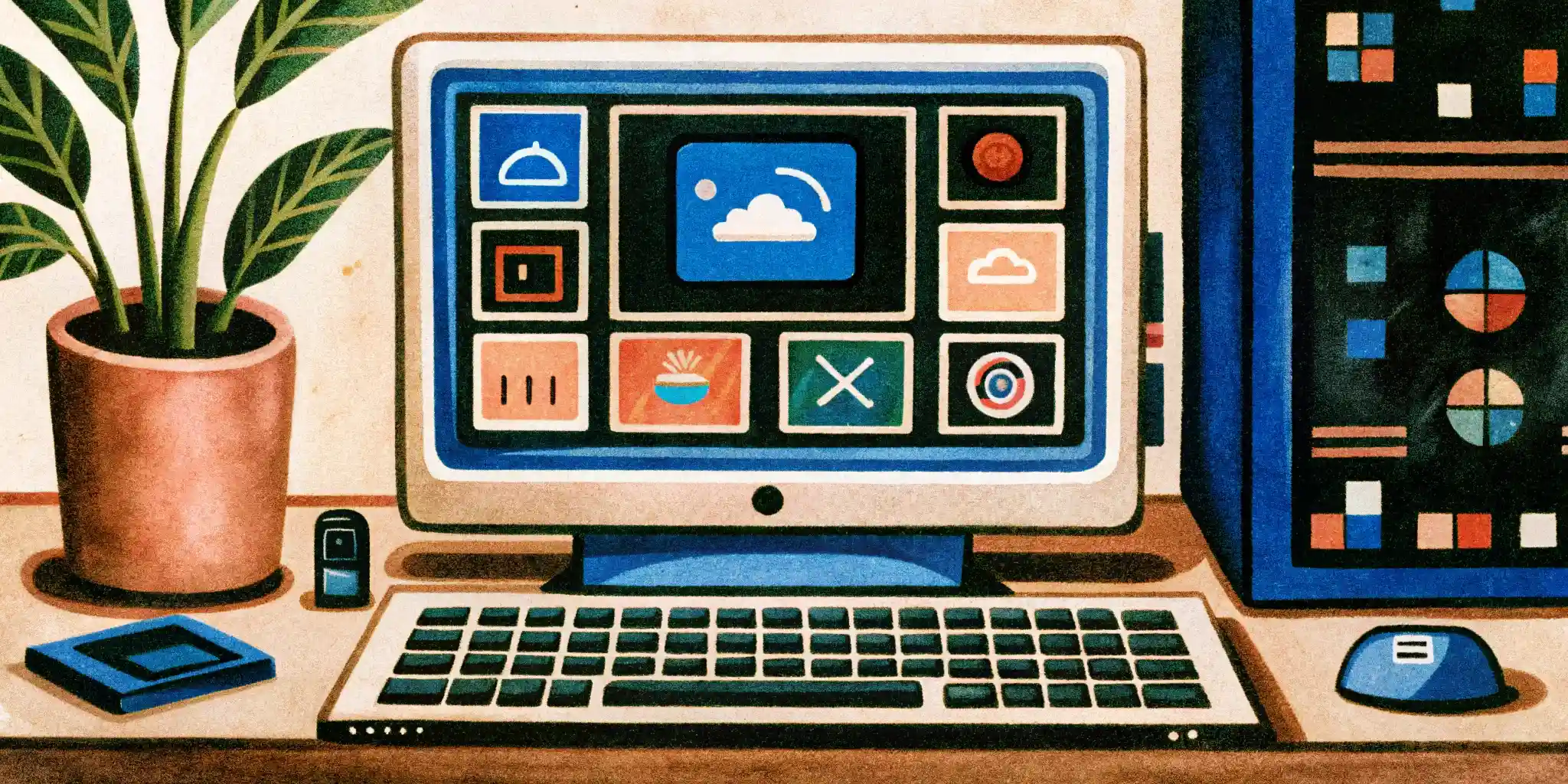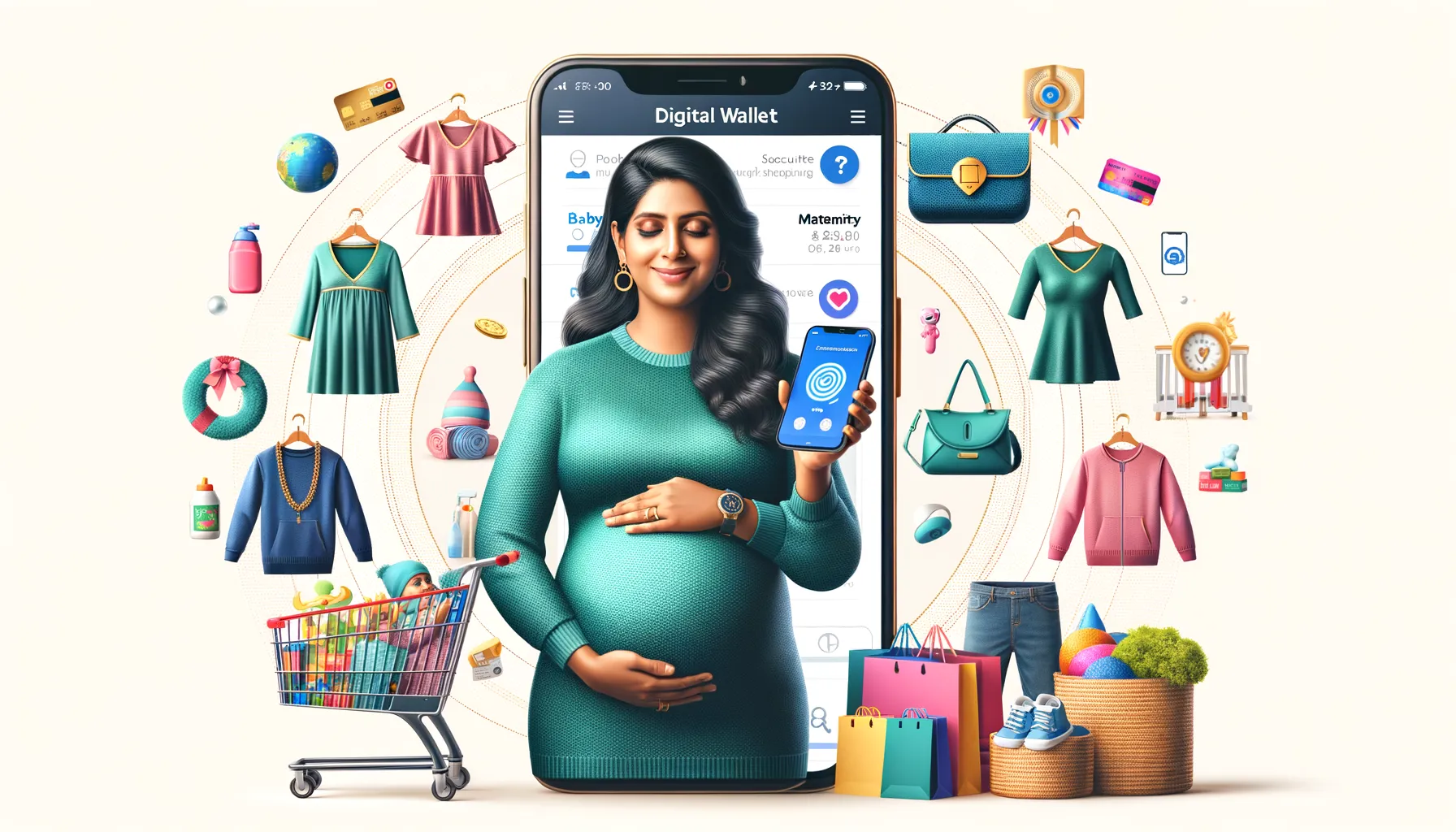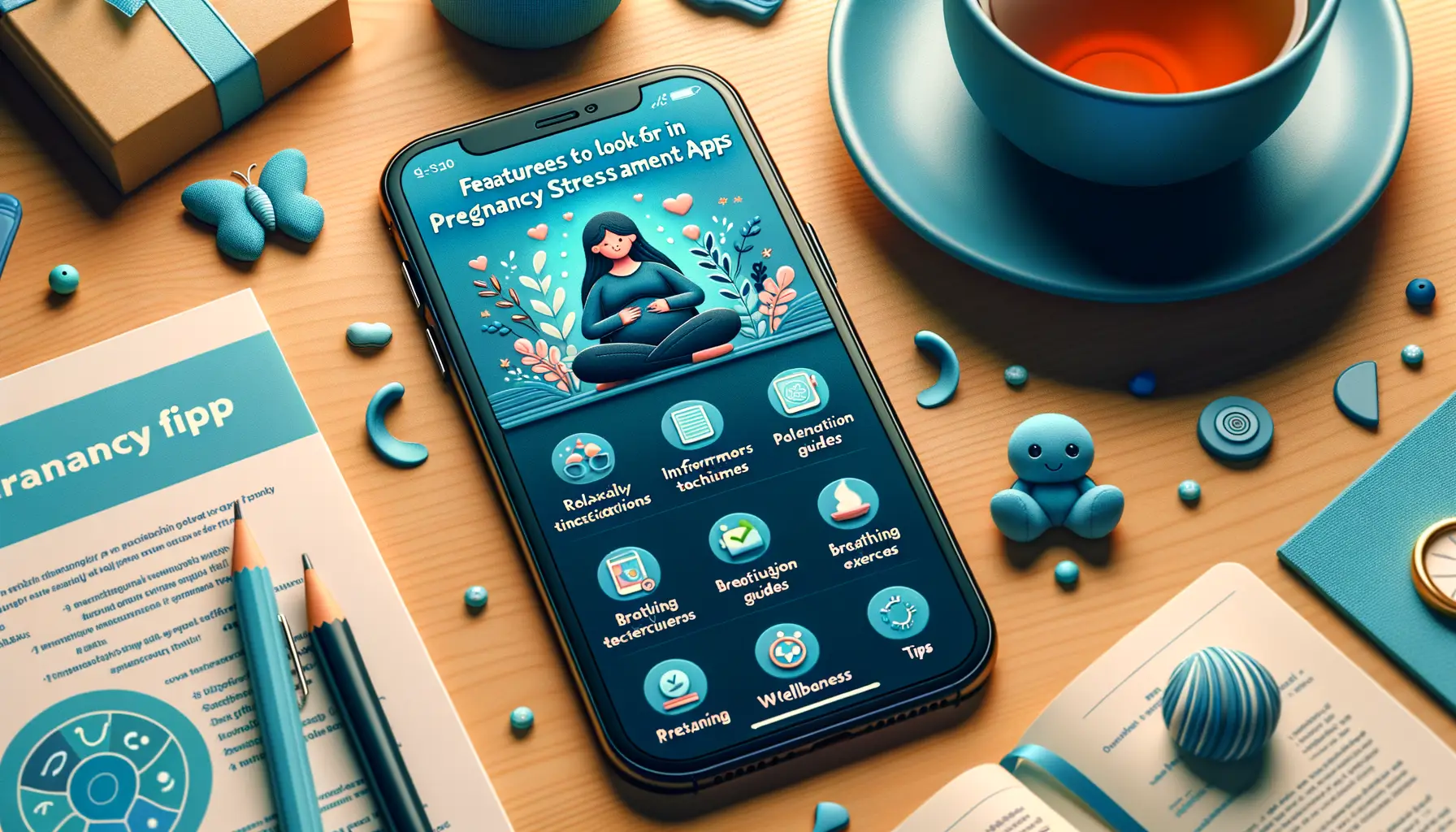Understanding the Impact of Language Barriers in Prenatal Care
The Silent Struggle of Misunderstood Words
Picture this: a mom-to-be sits nervously in a prenatal consultation, her hands resting on her growing belly. She’s battling not just first-time-parent jitters but also an invisible wall—the *language barrier*. In moments like these, every word exchanged with the doctor counts. Every instruction, every piece of advice is a lifeline. But what happens when those lifelines are tangled?
Language barriers can transform simple conversations into cryptic puzzles. Imagine a pregnant woman trying to explain unusual symptoms, but her words come out as fragments lost in translation. The result? Misdiagnoses, missed warnings, and missed opportunities for proper care. Prenatal health isn’t just about vitamins or ultrasounds; it’s about trust, understanding, and connection.
- Critical instructions—like how to take medication—can get lost.
- Vital emotional support may vanish beneath layers of miscommunication.
- Patients may feel unheard, leaving them anxious or even mistrustful.
Words are more than a means to communicate; they’re the glue holding the delicate fabric of prenatal care together. When language becomes the barrier, the stakes couldn’t be higher.
The Role of AI Translation Technologies in Healthcare

Breaking Down Language Barriers, One Byte at a Time
Imagine this: a doctor leaning in with compassion, sharing vital prenatal advice, but the expectant mother hears only a maze of unfamiliar sounds. Language gaps in healthcare are not just inconvenient—they can be life-altering. Enter the world of AI translation technologies, where innovation meets empathy head-on.
These systems do more than just swap words between languages. They analyze context, intent, and nuance to deliver messages that make sense emotionally and practically. For instance, an AI-powered translation app can transform complex medical terminology into phrases that resonate deeply with patients, ensuring clarity in high-stakes moments. Picture a Spanish-speaking mom-to-be hearing “Your blood pressure is high; rest is crucial,” in her native tongue—it’s the difference between fear and empowerment.
How AI Brings Precision and Heart
Here’s what makes these technologies game-changing for healthcare professionals and patients alike:
- Real-time translation: Immediate communication without waiting for human interpreters.
- Non-verbal cues: AI tools with video capabilities account for tone and facial expressions, fostering trust.
- 24/7 availability: Apps and devices ensure assistance anytime, anywhere.
Far from robotic, these tools feel like seamless extensions of understanding—a digital bridge where once there was silence.
Benefits of AI Translation for Prenatal Consultations
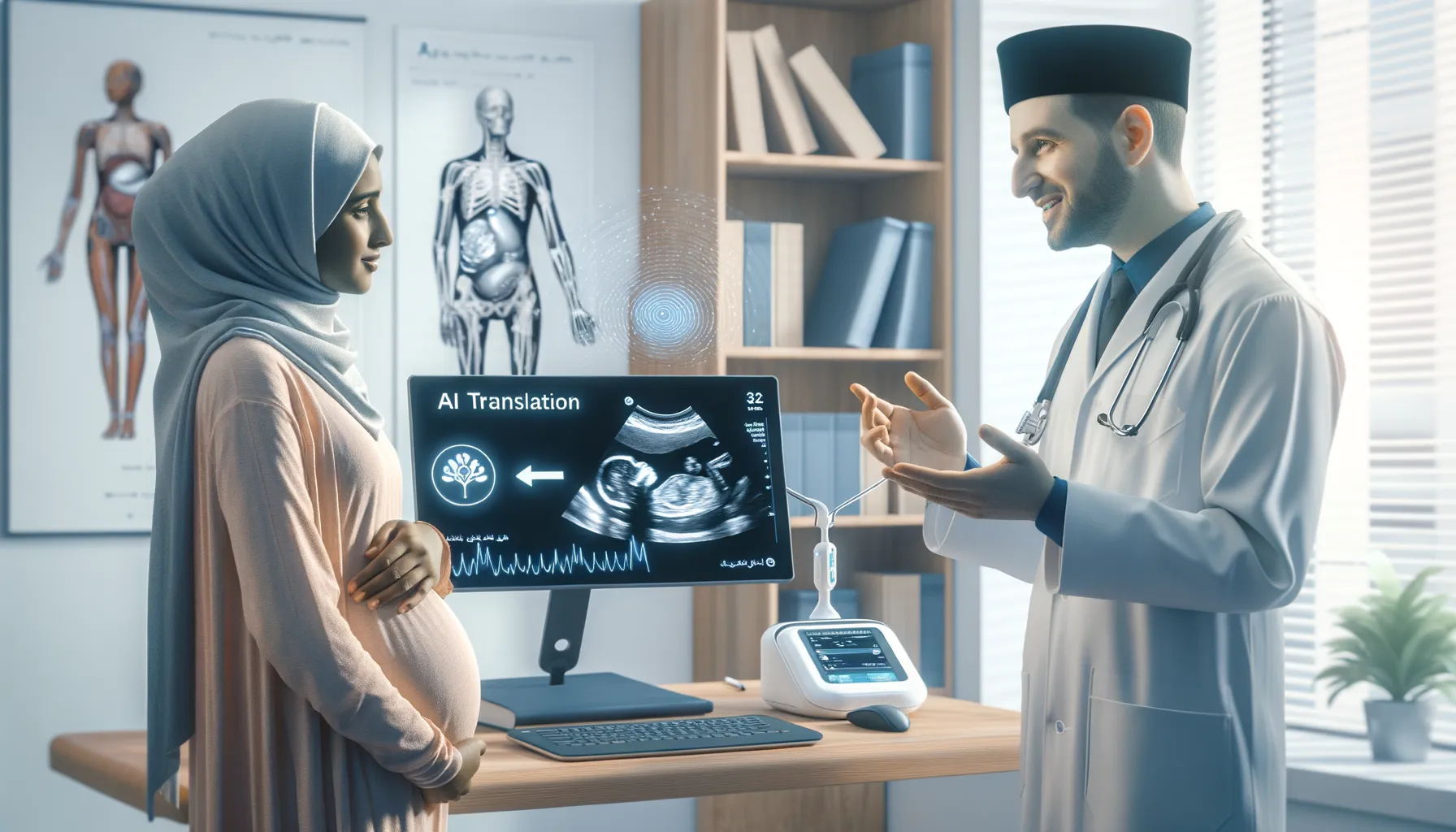
A Lifeline for Expectant Parents Across Languages
Imagine sitting in a prenatal consultation, feeling the profound responsibility of bringing new life into the world. Now, imagine grappling with unfamiliar medical terms in a language that isn’t your own. For many parents-to-be, this scenario is their reality—and it’s overwhelming. Here’s where **AI translation technologies** step in like a trusted guide, transforming fear into clarity.
These tools don’t just translate—they preserve the heart of what needs to be understood. When a doctor explains the stages of pregnancy or the importance of folic acid, **AI-powered solutions** dismantle the language barrier, word by word, ensuring no critical detail gets lost in translation.
- Parents can ask questions confidently in their native tongue, giving voice to their concerns without hesitation.
- Doctors gain the tools to respond in a culturally sensitive manner, earning trust while fostering deeper communication.
Reducing Stress, Building Connections
The benefits go beyond information exchange. **AI translation** brings humanity into a space often fraught with anxiety. Think of the relief that washes over a mother-to-be as she’s reassured, in her first language, about her baby’s health. Or the shared smiles when a father finally understands how to support his partner during labor. AI doesn’t replace human care—it amplifies it, bridging gaps that once seemed insurmountable.
Challenges and Ethical Considerations of Using AI in Medical Contexts
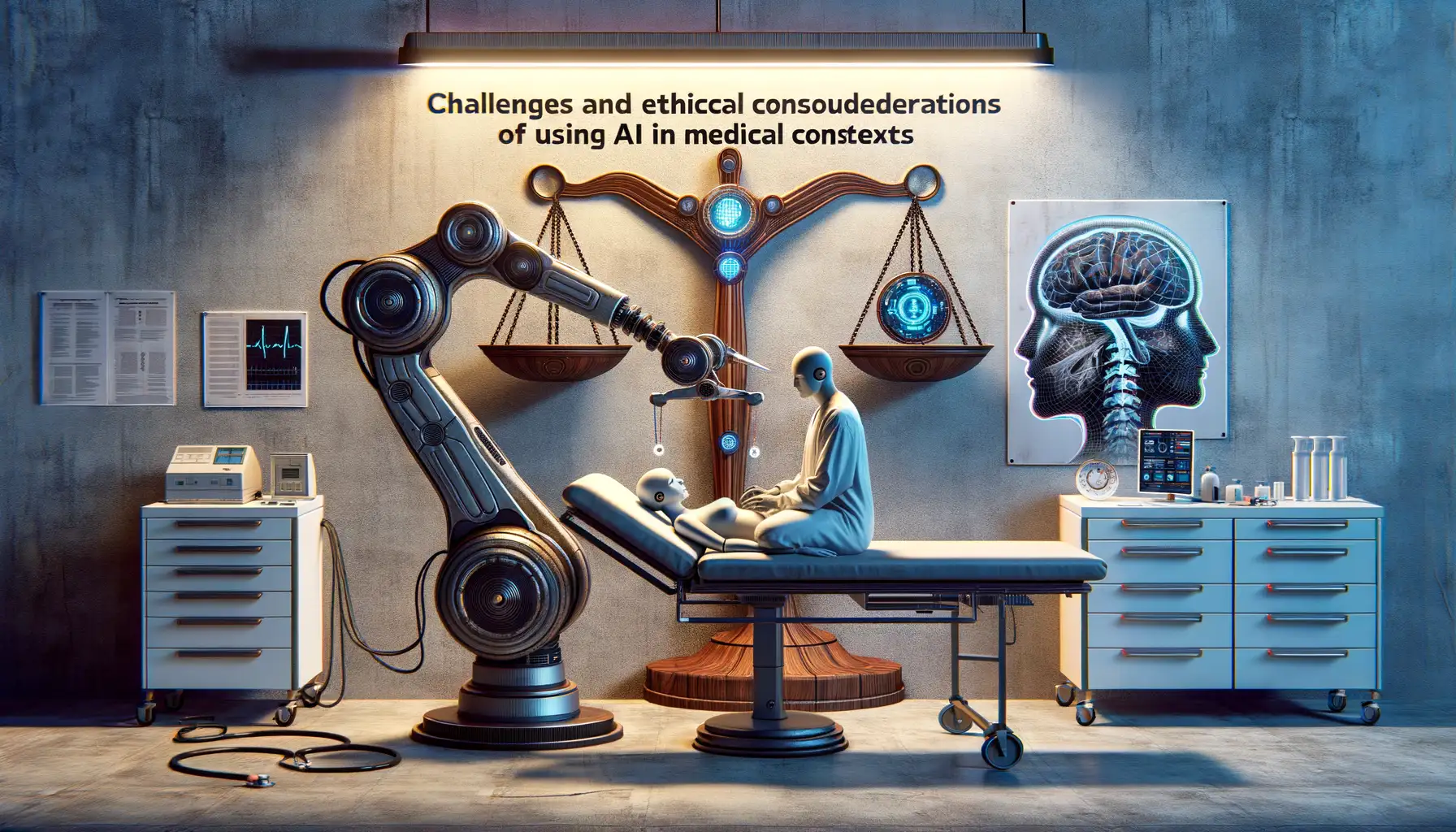
Walking the Ethical Tightrope in AI-Based Medical Care
Imagine this: a pregnant patient sits nervously in a doctor’s office, explaining her symptoms through an AI translator. The technology whirs and hums, bridging languages—but is it bridging cultures? Is it truly understanding her fears? While AI feels like magic, we must admit there are shadows in its glow.
One challenge lies in its accuracy. Sure, AI translates words, but does it catch the nuances of medical jargon or culturally loaded terms? If a phrase like “feeling pressure” gets misinterpreted as “pain,” the results could lead to unnecessary interventions—or worse, missed critical care.
Bias is another tricky beast. AI models learn from existing data, but what happens if that data is skewed? For instance: Does it prioritize the dialects of dominant languages while underrepresenting minority ones? Does it reflect assumptions steeped in systemic prejudice?
- Data privacy: Patients entrust personal information, but who safeguards it?
- Human oversight: Shouldn’t a doctor, not an algorithm, make the final call?
These aren’t just theoretical worries—they’re real, everyday ethical dilemmas in clinics worldwide, demanding thoughtful solutions, not quick tech fixes.
Future Perspectives on AI Translation in Prenatal Healthcare
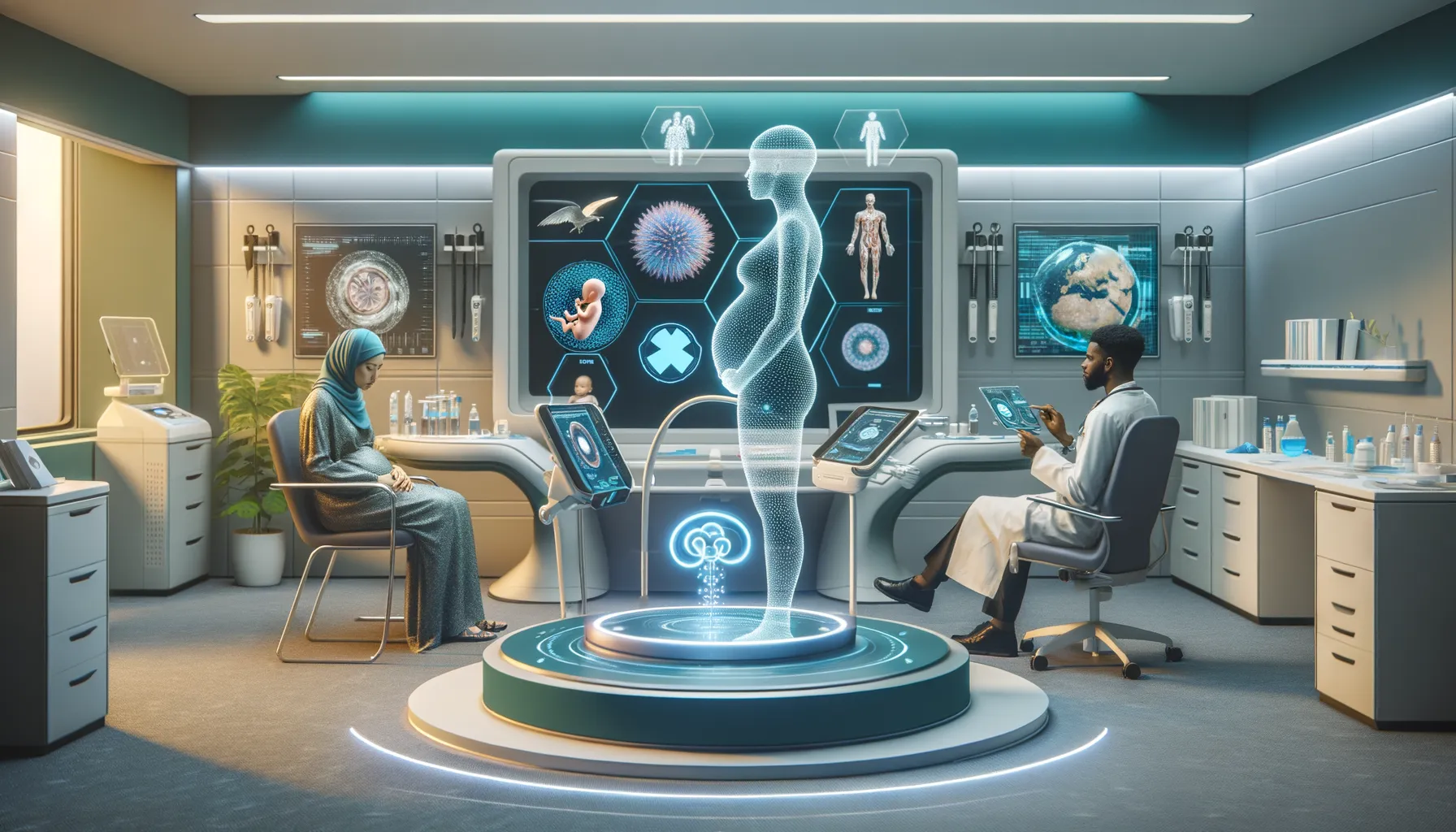
Where Technology Meets New Life
The horizon of AI translation in prenatal healthcare feels like watching the sunrise—bright, full of promise, and just beginning. Imagine a future where expectant mothers, regardless of their native tongue, walk into clinics with confidence, knowing they’ll be understood completely. AI tools are evolving at lightning speed, making this vision closer than ever.
Picture an ultrasound appointment for a mom-to-be who only speaks Tagalog. Today, she might rely on her spouse or a hurried translator to explain complex medical details. Tomorrow, advanced AI systems could step in, offering not just accurate interpretations, but also warmth and empathy in her own language.
- Doctors could ask nuanced questions: “Have you noticed any changes in movement?”
- Mothers could respond freely, without struggling to find the right words.
- Interactive AI apps may even provide personalized follow-up care plans in real time!
From Static Tools to Dynamic Companions
The dream is to leave behind clunky, one-size-fits-all translation software. The next frontier? AI translators that understand cultural context, adapt to regional dialects, and even interpret non-verbal cues, like a comforting squeeze of the hand. In prenatal settings, where emotions run high, this human-like attentiveness matters enormously.
Prenatal visits often involve tough conversations about risks or unexpected diagnoses. In these tender moments, a future AI system might not only relay words but deliver them in ways that connect deeply—gentle tones, reassuring phrases, culturally appropriate explanations. The technology isn’t just becoming smarter; it’s becoming more compassionate. It’s no longer just “translation”—it’s understanding, connection, and care.

